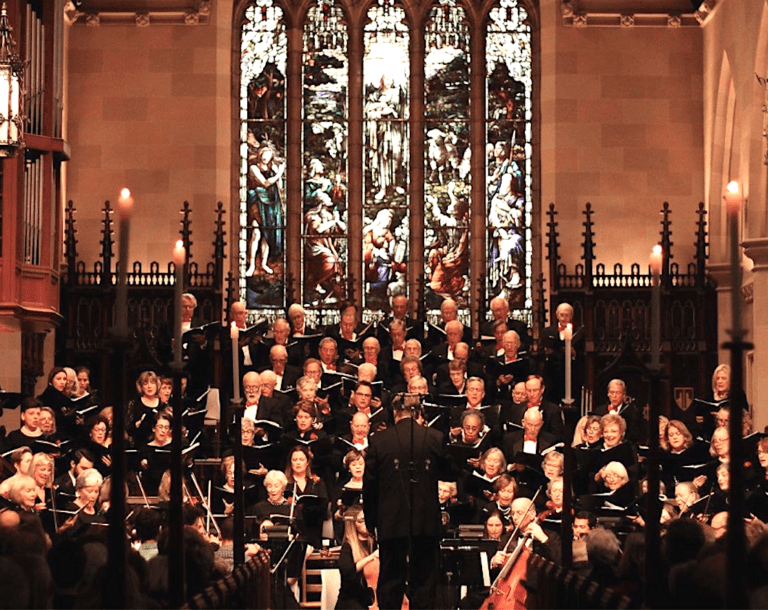
The Board of Estimate and Taxation (BET) and Representative Town Meeting (RTM) approved a budget for our town which projects a zero mill, or zero percent (0%), tax increase. Our property tax rate is expressed in mills – a mill rate of 11 is equivalent to taxing $11 for each $1,000 of your property’s assessed value.
The zero percent mill rate increase did not happen overnight. It took years to get here. Here’s how the BET did it.
For over a decade, the BET has used a financing plan that increased annual taxes between two to four percent (2-4%) each year. Our town’s Grand List, which is the total assessed value of all taxable property as determined by the Assessor, was growing at an average of 1.25% each year. The financial plan was based on the assumptions that operational (labor) costs would rise by about 2% per year, fixed charges by 0.75% and the capital costs, including debt service, by 0.75%.
Then came 2008 and the Great Recession. The town saw revenues from interest, conveyance taxes, and building permits drop $10 million annually. The town lost significant state and federal aid amounting to $5-$6 million annually. Spending outpaced revenue – labor costs increased almost three percent (3%) annually and capital spending was at an all-time high.
The BET faced other issues as well. Pension and healthcare premium costs were on the top of the list. In 2003, the town’s required pension contribution was $6 million; in the current year it will be $22 million. In 2005, healthcare premiums for the town were $16 million annually. In 2018, that cost would have been $62 million, if the trend had continued without any changes to the plan.
How have the BET, the First Selectman, and other town leaders addressed these issues?
Pension funding has been addressed by consistently funding the actuarial requirements each year. Efficiencies may have been found by outsourcing fund management, which should also result in improved returns on the pension fund investment and lower fund contributions in the future.
Addressing healthcare premiums proved more challenging. Fortunately, in 2016, the state healthcare plan, a plan with attractive benefits and less cost to town employees, was opened to all town employees. The town’s school employees joined first. Other town bargaining units followed, and, as of July 1, 2018, firefighters will join. The result? An estimated savings of $15 million in the current year. A major accomplishment for the town, which will benefit taxpayers.
Additional healthcare savings in this budget have further reduced the town’s healthcare cost to the benefit of taxpayers by millions.
But these savings will not last. The state projects increases in the cost of the healthcare plan of about seven percent (7%) in FY2019-20. While this is not the fourteen percent (14%) increase in healthcare benefits cost projected had the state not stepped in, it is still a major increase that must be planned for in the next budget cycle.
The question remains whether Greenwich is doing enough to manage its spending? Let’s look at the costs projected for the FY2019-20 budget.
In FY2019-20, the Board of Education (BOE) will need to budget for a teachers’ salary increase of 3.25%, the last year of their three year labor contract. The BOE is also discussing a new facilities masterplan that is projected to total $772 million in capital over 15 years.
Both the town and the BOE will be negotiating labor contracts for all unions in the next year, including salary increases for town employees. In the past, the town has been able to meet BET guidelines but, without greater efficiencies the budget numbers do not favor a low mill rate increase. Combine that with town capital costs, a zero mill rate increase in FY2019-20 will not be possible absent better fiscal planning and restraint by the BOE, the town and the BET. Without that planning, taxpayers could see a mill rate increase over what our residents have come to expect.
Four years – that’s how long it took to achieve this year’s zero percent tax increase. The BET’s success in delivering this unchanged or possibly lower mill rate tax to taxpayers was not done without four years of careful planning and a significant one-time savings in healthcare premiums. That’s great news for the taxpayer this year. But the BET will need the BOE and town leaders to recognize that there is hard work ahead if we are to deliver low taxes to our residents in the future. We look forward to the challenge.
Republican BET Members
Michael Mason, Caucus Chair
Leslie Tarkington
Bill Drake
Andy Duus
Karen Fassuliotis
Debra Hess




